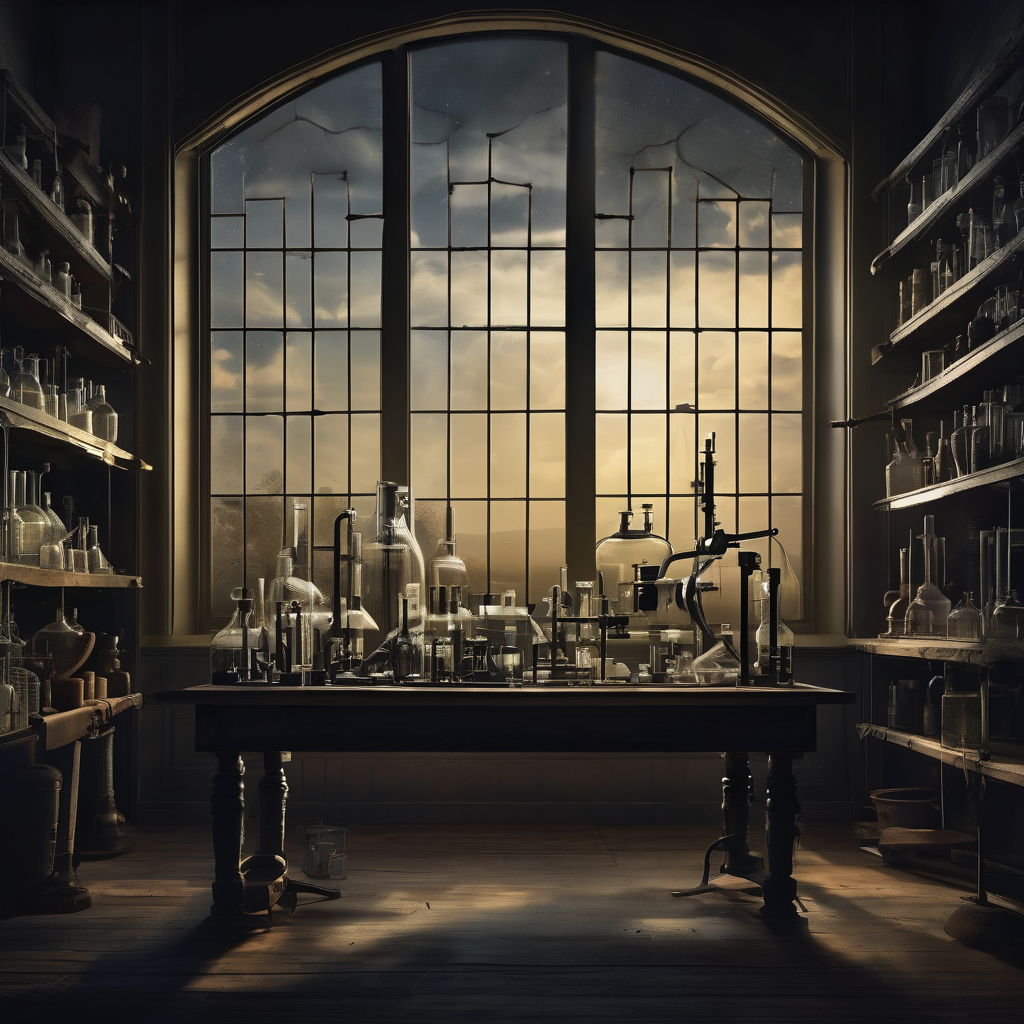Netflix has unveiled the first full look at Jacob Elordi as the iconic creature in Guillermo del Toro’s adaptation of Frankenstein, which is currently streaming in theaters. The streaming platform shared a portrait of Elordi as the reanimated entity crafted by Victor Frankenstein, portrayed by Oscar Isaac, along with various cast images on Friday.
Elordi’s depiction of the monster offers a distinct departure from the traditional portrayals that audiences are accustomed to, such as Boris Karloff’s famous interpretation from the 1930s. This new incarnation aligns more closely with Mary Shelley’s 1818 novel, featuring the creature with pale skin marked by scars, a noticeable absence of eyebrows, and untamed dark hair that falls past his shoulders.
In an interview with Entertainment Weekly, del Toro described Elordi’s monster as “staggeringly beautiful, in an otherworldly way.” He pointed out that Victor, both a surgeon and an artist in this rendition, has designed a creature that resembles a “newborn, alabaster being” with exquisite, aerodynamic scars. Del Toro took care to ensure the creature does not appear as an accident victim, instead emphasizing patches of flesh in varying pale tones that evoke a sense of “newborn soul.”
Elordi’s deeply emotional connection to the character has impressed del Toro. The actor conveyed to the director that “this creature is more me than me,” suggesting a profound alignment with the role. Oscar Isaac echoed this appreciation, noting that Elordi’s performance is both heartbreaking and intricately nuanced. He pointed out that the dynamic between Victor and the creature reflects themes of fatherhood and the cyclical nature of life and creation.
With Frankenstein currently playing in select theaters and set to premiere on Netflix on November 7, del Toro’s reimagining has reignited interest in the monster’s story. This adaptation not only reintroduces a classic narrative but also infuses it with fresh perspectives, inviting audiences to explore the complex relationships between creators and their creations. By highlighting themes of beauty interwoven with monstrosity, del Toro’s vision resonates with contemporary audiences while honoring the legacy of this timeless tale.
